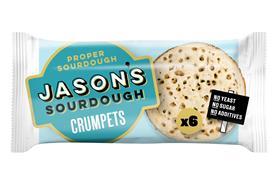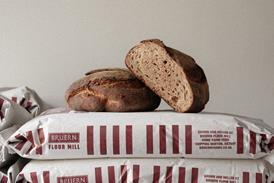Bakery flavours: what’s making taste buds tingle?

The baking industry sees many flavour trends through the years. Some stay popular over time, such as salted caramel, while others quickly come and go as tastes and trends change. So, what’s popular with consumers and what’s new on the horizon?
To continue reading, register for free
You are what you read, registration is quick, easy and free. Just click register now and you’ll be finished faster than it takes you to butter a crumpet!
Don’t miss out:
- Unlimited access to content
- Regular newsletters to your inbox
- Save articles to read later on
- A more personalised experience
Already registered? Please log-in here


















